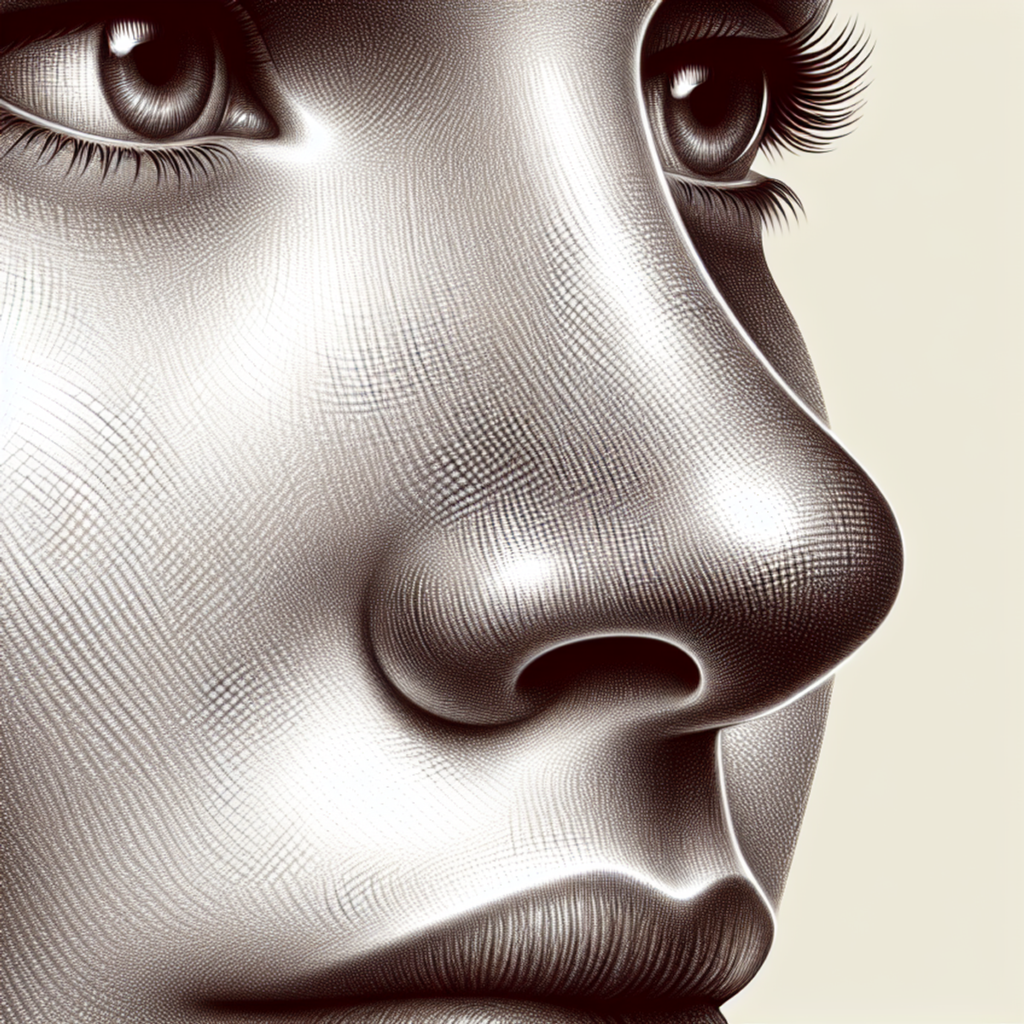In the medical reference book, you can find a designation that rhinoplasty is the restoration or correction of various congenital pathologies and acquired deformities of the nose. Plastic surgery rhinoplasty identified as a separate independent section, which is engaged in the restoration of defects, at the expense of its own tissues and surgical correction of irregular forms of the nose.
The task of rhinoplasty is to create a new appearance of a person, with the preservation of personality. After all, the nose is an important part of the face, and rhinoplasty helps a person get rid of the complex associated with its irregular shape. Let’s remember the anatomical structure. The human nose is the beginning of the respiratory system, and it is represented by three divisions. Outer. Nasal cavity. Sinuses. The outer nose has a back, root, stingrays, wings, and tip. The structure contains bone, cartilage, and skin. The bone base is formed from the frontal processes of the upper jaw, paired nasal bones and the nasal process of the frontal bone. On top of the body is covered with skin, which has some features, a large number of sebaceous glands located in the lower third of the outer nose. And a lot of hairs at the entrance to the nasal cavity.
Also here is a large number of blood vessels. The nasal cavity is divided by a partition into symmetrical halves. The middle and lower parts consist of cartilage tissue, its formation involves triangular, wing and additional cartilage.
The nasal sinuses are air-bearing cavities that are located in the bones of the skull, distinguish the maxillary sinus left and right, frontal, wedge-shaped and lattice labyrinth. The main function of the body is to clean the inhaled air from large particles, warm the air and moisten as much as possible, for further passage into the lungs.
Types of rhinoplasty
Septoplasty: This type of operation is used for the curvature of the nasal septum. The pathology may be congenital or resulting from the injury. The operation is performed only in case of violation of the function of breathing through the nose. If the deformation of the septum is insignificant, and the breathing process remains normal, then the operation cannot be done.
Closed plastic: With this type of rhinoplasty surgery performed correction in the nasal cavity. When closed, the plastic surgery without external incisions. The surgeon makes all the necessary incisions inside the nasal cavity, and the correction is achieved by access from the inside. The operation usually lasts no more than an hour.
Open plastic: A more complex operation, which allows the outer sections of the skin, but in places barely visible. If during the operation the initial incision is not enough, make additional at the base of the nostrils. With this type of operation, a correction is made on the bone and cartilage tissue. The duration of the operation is two hours or more.
Secondary plastic: Some operations are very complex and surgeons have to achieve the desired results in several stages. Therefore, there is a need for secondary nose surgery.
Non-surgical plastic: With this type of rhinoplasty, only minor defects can be corrected, plastic surgeons do not often use a non-surgical method, according to statistics, only 7% of patients undergo nose correction with this type of plastic.
Rhinoplasty using fillers: This is one of the non-surgical methods of rhinoplasty. Filler, translated from English means to fill, so rhinoplasty with fillers means to carry out a small correction of the nose with the use of drugs and refers to contouring. In this way, you can remove sharp corners, simulate the tip, fill the recesses in the wing area, and even fix a small hump.
But this method has negative aspects, first of all, the duration of such rhinoplasty is small from three months to one and a half years. Due to individual characteristics, it is possible to move the injection material, and sometimes, at the site of administration, fibrous tissue is formed, which remains after complete resorption of the drug.
Rhinoplasty with the use of absorbable drugs: This technique is carried out with the help of hormonal drugs, and its task is the resorption of tissues. The surgeon enters the hormonal agent directly into the place that acts, and it needs to be removed. The resorption process usually takes several weeks, to achieve the desired result, you can re-manipulate. The healing process of this method is faster and complications are less. In this way, you can remove the hump from the back of the nose or adjust the tip, wings.
Rhinoplasty with Aptos filaments: The technique has not found much use, but sometimes it is still used. With the help of Aptos threads, it is possible to tighten the tip or change the wings of the nose. Through a special puncture is the thread and tightens problem areas. However, this technique is used very rarely, given the mobility of the nose, in the place where the thread can be formed rough scar tissue, or the thread can just break.



